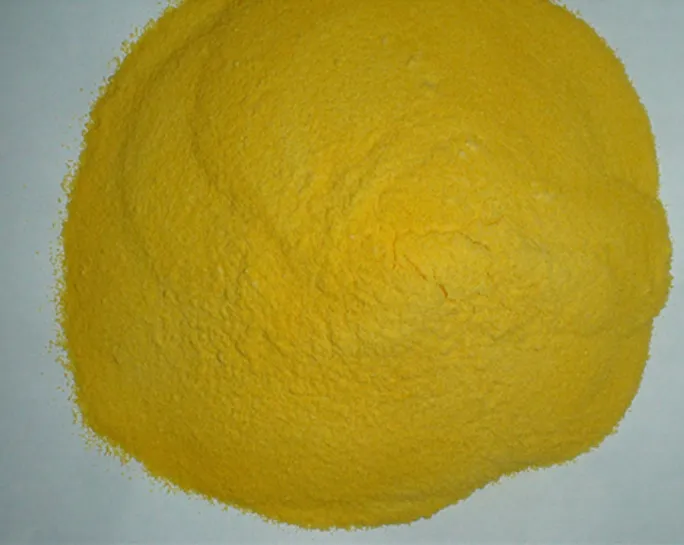Polyacrylamide with Amphoteric Properties for Enhanced Environmental Applications
Understanding Amphoteric Polyacrylamide Properties, Applications, and Benefits
Amphoteric polyacrylamide (APAM) is an innovative polymer that combines both cationic and anionic characteristics, providing unique properties that make it suitable for various industrial applications. Understanding its composition, functions, and benefits can help industries harness its full potential.
Composition and Structure
Amphoteric polyacrylamide is derived from polyacrylamide, which is a polymer formed from the polymerization of acrylamide monomers. The amphoteric nature arises from the incorporation of both positively charged (cationic) and negatively charged (anionic) functional groups within the polymer structure. This dual functionality allows APAM to interact with a wide range of substances, making it exceptionally versatile.
Properties
The distinctive properties of amphoteric polyacrylamide set it apart from traditional polyacrylamide. Some of its key attributes include
1. Versatility APAM can adapt to various pH levels, changing its charge depending on the surrounding environment. This adaptability allows it to function effectively in both acidic and alkaline conditions.
2. High Absorption Capacity The polymer can absorb significant amounts of water, which enhances its application in water treatment processes and soil stabilization.
3. Flocculation and Coagulation Ability Due to its dual charge, amphoteric polyacrylamide can facilitate the aggregation of particles in suspension, optimizing processes such as sedimentation and clarification.
4. Biodegradability APAM is often designed to be biodegradable, making it an environmentally friendly option in comparison to some traditional synthetic polymers.
Applications
The versatile properties of amphoteric polyacrylamide lend themselves to numerous applications across different sectors
amphoteric polyacrylamide

1. Water Treatment APAM is widely used in municipal and industrial water treatment facilities. It aids in the coagulation and flocculation of suspended solids, leading to improved water clarity and reduced turbidity.
2. Mining and Mineral Processing In the mining industry, APAM helps in the separation of minerals from ore via flotation techniques, chemical processing, and tailings management, enhancing the efficiency of mineral recovery.
3. Agriculture APAM is used in soil amendments to improve water retention and soil structure. It can increase crop yield by facilitating better moisture retention while reducing erosion.
4. Paper and Pulp Industry In the production of paper, amphoteric polyacrylamide serves as a retention aid, improving the quality of the paper produced and increasing production efficiency.
5. Oil Recovery In enhanced oil recovery processes, APAM is employed to improve the viscosity of water, facilitating better mobility of oil through reservoirs and increasing the recovery rate.
Benefits
The use of amphoteric polyacrylamide offers several benefits, including
- Cost Efficiency By optimizing processes such as water treatment and mineral recovery, APAM can reduce operational costs and increase profitability.
- Environmental Protection With its biodegradable nature and non-toxicity, APAM contributes to more sustainable industrial practices, minimizing the ecological footprint.
- Enhanced Performance The unique properties of amphoteric polyacrylamide allow for improved efficiency in various applications, from industrial processes to agricultural practices.
Conclusion
Amphoteric polyacrylamide is a remarkable polymer that has revolutionized multiple industries through its unique properties and versatility. Its ability to function effectively in diverse environments, combined with its benefits in pollution control, resource management, and efficiency enhancement, positions it as a valuable asset for modern industrial applications. As industries continue to seek sustainable solutions, the role of amphoteric polyacrylamide is likely to expand, paving the way for innovative practices that prioritize both performance and environmental stewardship.
-
Water Treatment with Flocculant Water TreatmentNewsJun.12,2025
-
Polymaleic AnhydrideNewsJun.12,2025
-
Polyaspartic AcidNewsJun.12,2025
-
Enhance Industrial Processes with IsothiazolinonesNewsJun.12,2025
-
Enhance Industrial Processes with PBTCA SolutionsNewsJun.12,2025
-
Dodecyldimethylbenzylammonium Chloride SolutionsNewsJun.12,2025





